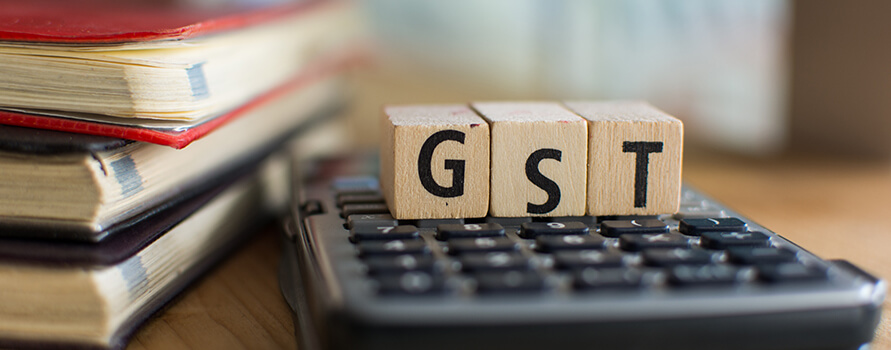1)
Milk
2)
Curd
3)
Butter milk
4)
Live trees & other
plants
5)
Cut flowers
6)
Fresh fruits &
vegetables
7)
Cereals, flour, atta, besan
& maida (without brand name)
8)
Bread, pappad, puffed or
beaten rice
9)
Common salt
10)
Contraceptives
11)
Kumkum, bindi & sindoor
12)
Plastic bangles
13)
Stamps & judicial
papers
14)
Newspapers, periodicals
& journals
15)
Printed books
5% Rate
1)
Cream
2)
Skimmed milk powder &
milk food for babies
3)
Products of animal origin
4)
Frozen fruits &
vegetables
5)
Coffee & tea
6)
Spices
7)
Cereals, flour, atta, besan
& maida (with brand name)
8)
Natural gums & resins
9)
Vegetable fats & oils
10)
Cocoa beans, paste &
shells
11)
Pizza bread
12)
Rusks & toasted breads
13)
Ores & concentrates
14)
Coal, coke, kerosene &
LPG
15)
Brochures & leaflets
16)
Building bricks
17)
Renewable energy devices
18)
Railway locomotives
12% Rate
1)
Butter & cheese
2)
Dry fruits
3)
Fruit & vegetable
juices
4)
Namkeens, bhujia, mixture,
etc.
5)
Marble & granite blocks
6)
Bio-gas
7)
Ayurvedic medicines
8)
Tooth powder
9)
Agarbatti
10)
Candles
11)
Umbrellas
12)
Copper or aluminium
utensils
13)
Bicycles & other cycles
(not motorised)
14)
Hand propelled & animal
drawn vehicles
15)
Spectacle & contact
lenses
16)
LED lights or fixtures
17)
Pen & pencils
18)
Sanitary towels, napkins,
tampons & diapers
19)
Works of art, collectors'
piece & antiques
20)
Cellphones
18% Rate
1)
Refined sugar
2)
Sugar confectionery
3)
Pasta
4)
Corn flakes
5)
Pastries & cakes
6)
Jams & fruit jellies
7)
Preserved vegetables
8)
Sauces
9)
Soups & broths
10)
Ice creams
11)
Instant food mixes,
12)
Sharbat
13)
Supari
14)
Mineral water
15)
Vinegar
16)
Hair Oil
17)
Soap
18)
Matches
19)
Toilet or facial tissue
20)
Cigarette paper
21)
Registers, account books
& note books
22)
Refractory bricks
23)
Ceramic tableware &
kitchenware
28% Rate
1)
Chewing gum & bubble
gum
2)
Cocoa powder, butter, fat
and oil
3)
Chocolates & other food
preparations containing cocoa
4)
Pan masala
5)
Aerated water
6)
Paints & varnishes
7)
Perfumes
8)
Sunscreen
9)
Beauty or make-up
preparations
10)
Shampoos, hair cream or
hair dyes
11)
Dental floss
12)
Shaving related products
13)
Deodorants
14)
Fireworks
15)
Signalling flares
16)
Articles of leather
17)
Plywood & vineered
panels
18)
Wall papers
19)
Air-conditioning machines
20)
Refrigerators
21)
Washing machines
22)
Printers & photo
copiers
23)
Vacuum Cleaners
24)
Speakers
25)
Monitors & projectors
26)
Motorcars, motor vehicles
& motorcycles
27)
Camera
28)
Wrist-watches
29)
Musical instruments, its
parts & accessories
30)
Mattress supports
31)
Lamps & lighting
fittings
32)
Video game consoles &
machines


